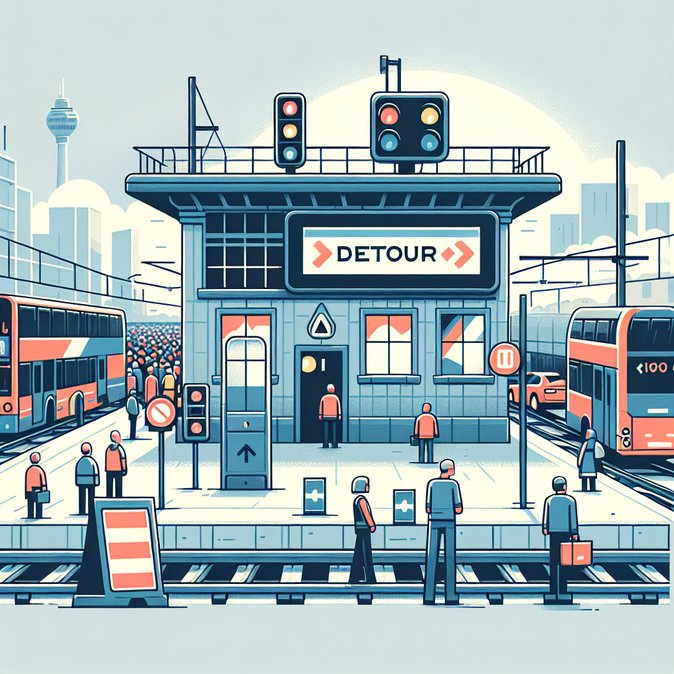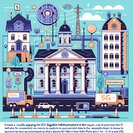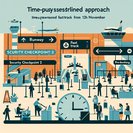
Deutsche Bahn (DB) confirmed on Wednesday, 12 November, that a critical software fault in a brand-new electronic signal box will force Cologne Hauptbahnhof (Germany’s fifth-busiest rail hub) to close twice in quick succession. The first shutdown will run from 21:00 on 14 November until the early hours of 24 November, halting all long-distance and regional trains and diverting roughly 1,300 daily services to out-lying stations such as Köln-Ehrenfeld and Köln Messe/Deutz. S-Bahn commuter tracks remain mostly operational.
DB had intended to commission the €360-million digital interlocking during this window, but safety tests uncovered code errors that prevent reliable operation. Engineers will now carry out track, catenary and platform works while running the old interlocking, then schedule a second, as-yet-un-dated closure to switch the software once the bug is fixed.
![Software glitch forces 10-day closure – and a second closure – of Cologne Central Station]()
For corporate mobility managers the double hit is disruptive. Cologne sits on the main north-south ICE spine linking Amsterdam, Brussels and Frankfurt with southern Germany; rerouting will lengthen trips by up to 45 minutes and squeeze capacity on detour corridors. DB says it will accept tickets via alternative routes and long-distance buses, but seat reservations are void. Travellers should expect crowded replacement stations and limited lounge access.
Assignees and commuters should also note knock-on effects: logistics companies using rail freight through the Rhine corridor face rescheduling, while hotel capacity near substitute stations is already tightening. Employers are advised to issue updated travel policies, pre-book flex tickets, and encourage remote meetings where possible.
Longer term, the new signal box promises higher speeds and 20 percent more capacity through Cologne once fully online, a prerequisite for the German government’s ‘Deutschlandtakt’ clock-face timetable. Yet the episode highlights DB’s digital skills gap and the fragility of Germany’s ageing rail infrastructure – factors companies must bake into their mobility risk assessments.
DB had intended to commission the €360-million digital interlocking during this window, but safety tests uncovered code errors that prevent reliable operation. Engineers will now carry out track, catenary and platform works while running the old interlocking, then schedule a second, as-yet-un-dated closure to switch the software once the bug is fixed.

For corporate mobility managers the double hit is disruptive. Cologne sits on the main north-south ICE spine linking Amsterdam, Brussels and Frankfurt with southern Germany; rerouting will lengthen trips by up to 45 minutes and squeeze capacity on detour corridors. DB says it will accept tickets via alternative routes and long-distance buses, but seat reservations are void. Travellers should expect crowded replacement stations and limited lounge access.
Assignees and commuters should also note knock-on effects: logistics companies using rail freight through the Rhine corridor face rescheduling, while hotel capacity near substitute stations is already tightening. Employers are advised to issue updated travel policies, pre-book flex tickets, and encourage remote meetings where possible.
Longer term, the new signal box promises higher speeds and 20 percent more capacity through Cologne once fully online, a prerequisite for the German government’s ‘Deutschlandtakt’ clock-face timetable. Yet the episode highlights DB’s digital skills gap and the fragility of Germany’s ageing rail infrastructure – factors companies must bake into their mobility risk assessments.





